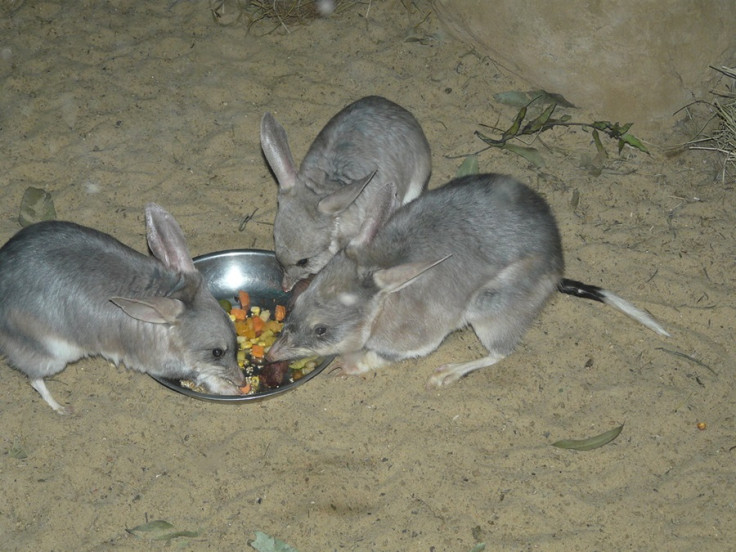Genome Mapping Of Endangered Bilby Offers Hope For Species' Survival

Researchers have sequenced Australia's native bilby, a threatened species, in an effort to save the once abundant wild species from extinction.
The new genome mapping has revealed how the elusive nocturnal omnivores grow and evolve, which will help conservationists save the species.
Scientifically called Macrotis lagotis, this species had disappeared from about 80% of its range, The Guardian reported.
"They've got the biggest genome of any marsupial – it's got 3.66bn pieces to it," said Carolyn Hogg, of the University of Sydney, who led bilby's genome mapping for the first time. "It helps us understand what gives bilbies their unique sense of smell and how they survive in the desert without drinking water."
The bilby had all the 115 genes that are active in a human placenta.
"They've got so many fascinating genes," Hogg added. "By selecting individuals for translocation and release we maximise their genetic diversity, thus improving the population's ability to adapt to a changing world."
The research, which began in 2018, was published in Nature Ecology and Evolution, on Monday.
According to ABC News, the genome mapping will support further research in understanding their biological adaptation and breeding management.
Bilby was abundantly found in Australia. However, now it has nearly become extinct and is listed as a vulnerable species. Close to 70% of mainland Australia was home to the greater bilby. Now, this ratio has now been reduced to 15%.
The bilby is known for its high olfactory system, which explains why the breed has an incredible sense of smell.
Due to its shy and nocturnal characteristics, the animal is difficult to track down. Hence, accurate data on the number of species surviving in the wild is unavailable. However, sanctuaries house about 6,000 bilbies.
The research involved desert rangers from the Kiwirrkurra community in Western Australia.
Scientists sourced the sample from a freshly deceased bilby that was euthanized in a zoo after its natural life. The sample was compared with the DNA present in scat gathered by Kiwirrkurra community members in the Gibson Desert to fine-tune a new poo analysis tool.
Ranger Scott West, from the Kiwirrkurra Indigenous Protected Area in Western Australia, said: "We know a lot about bilbies – where they live, what they eat, and how to track them. ... It's good to use iPads for mapping, and cameras to monitor them. The DNA work also helps check if bilbies are related, where they are from and how far they traveled."
© Copyright 2025 IBTimes AU. All rights reserved.




















